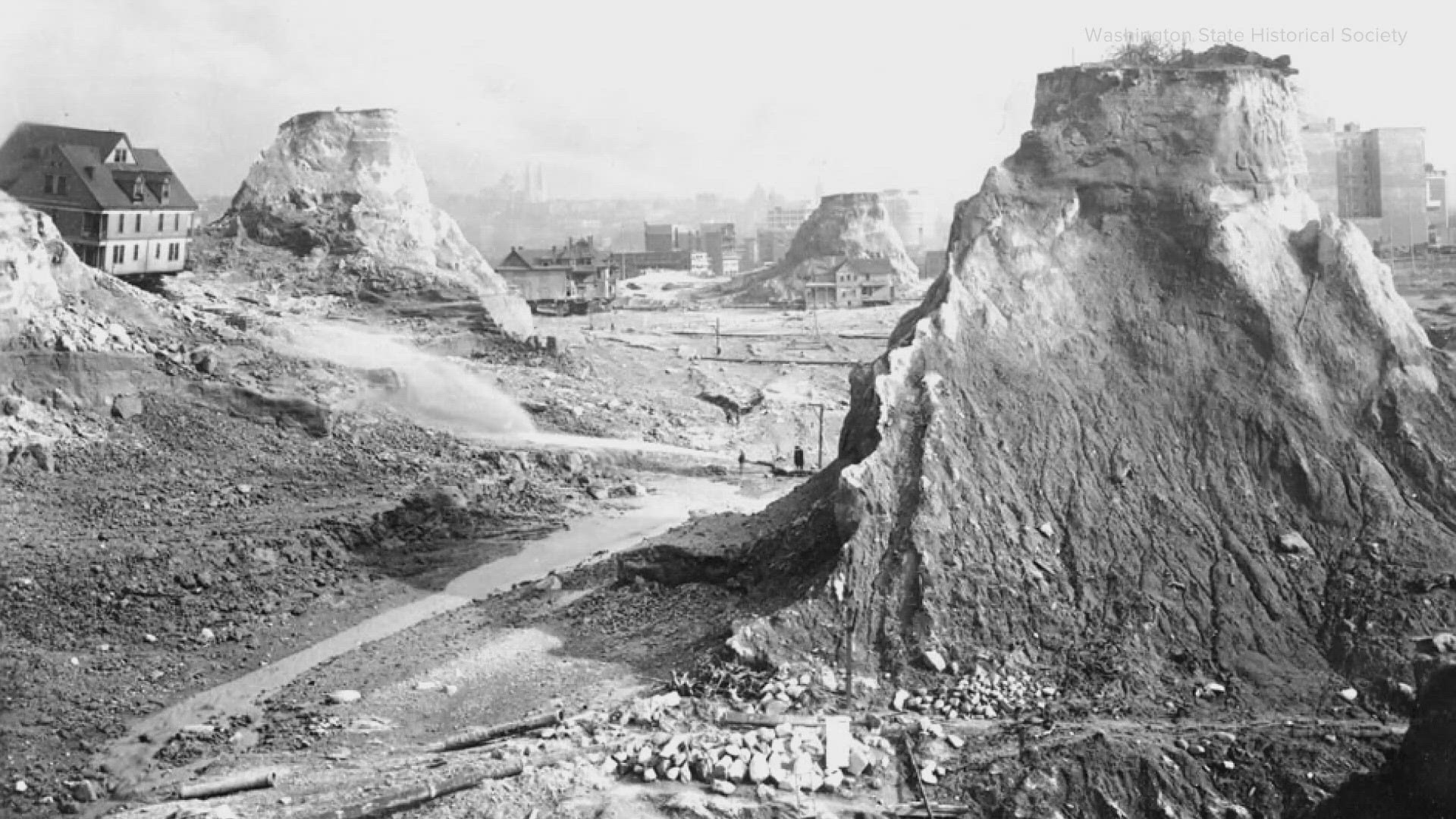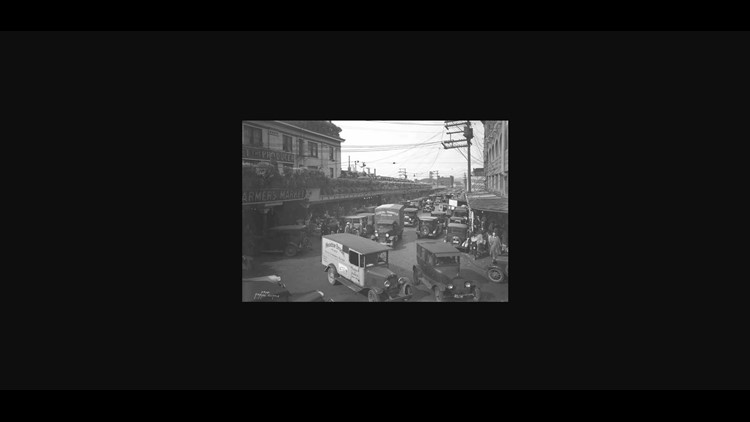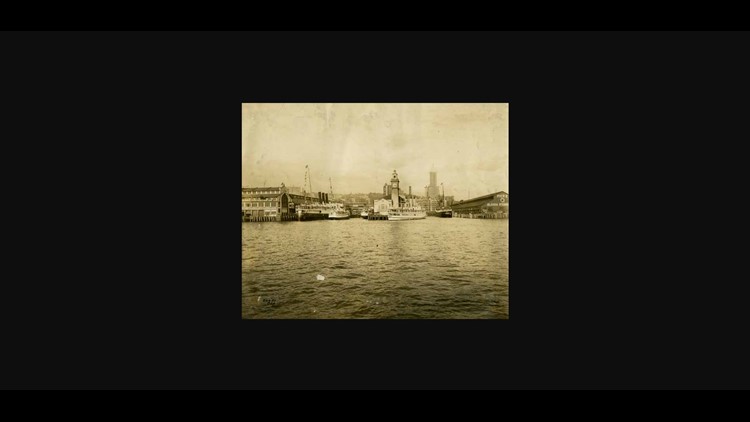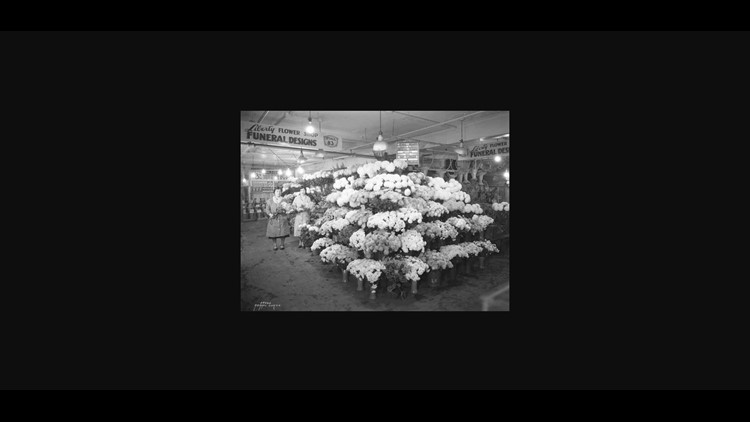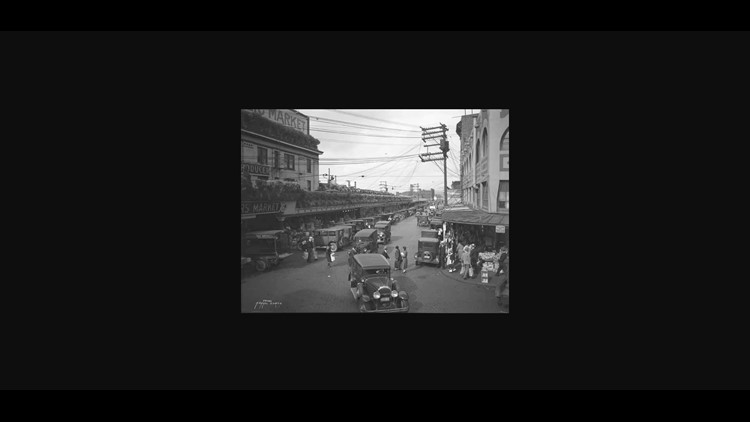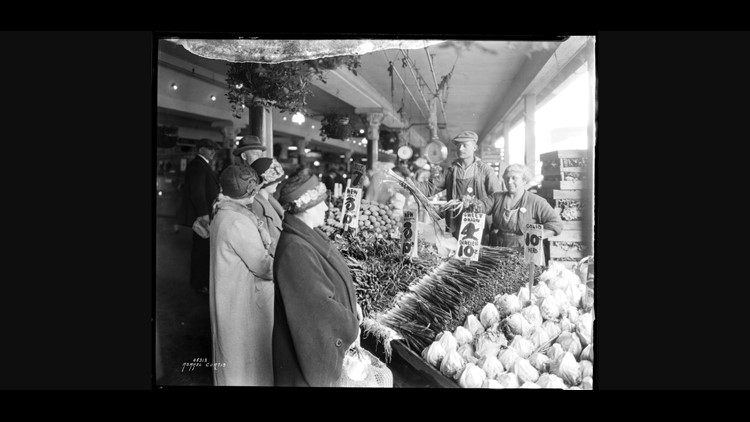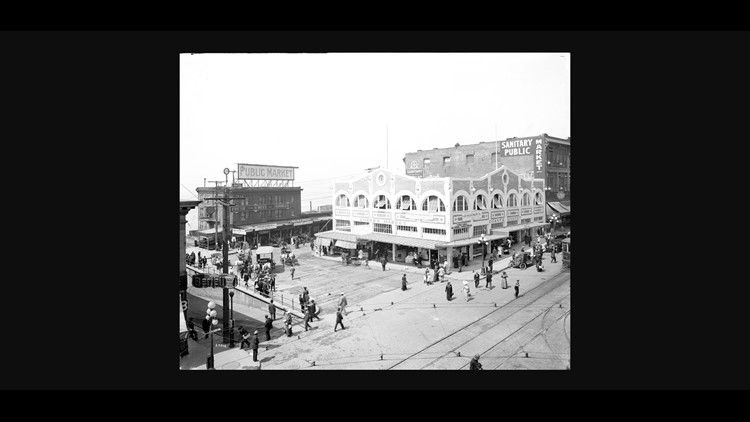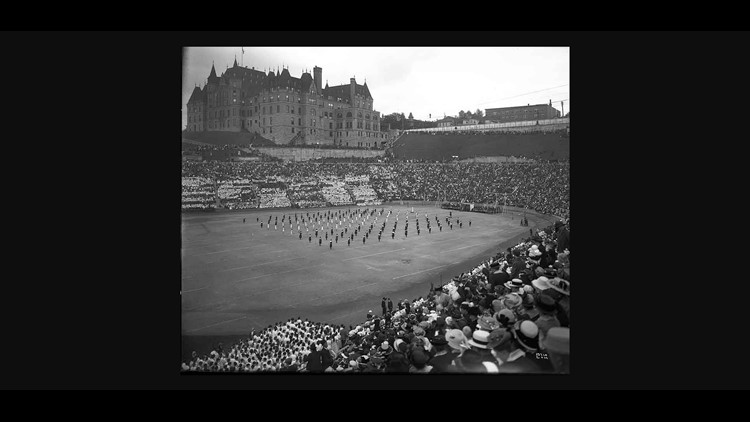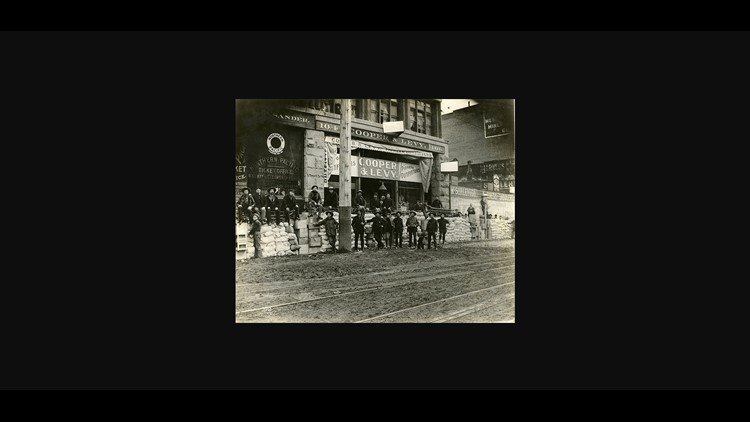TACOMA, Wash. — From architecture in Sunnyside to the early days of Pike Place Market, Asahel Curtis seemingly captured an encyclopedic history of Washington state around the early 1900s. Now, his 60,000-photo collection is being digitized for all to enjoy.
Thanks to a $25,000 grant from the Pendleton and Elisabeth Carey Miller Charitable Foundation, the Washington State Historical Society is working to preserve and archive Curtis' work. The museum purchased the collection in 1943, two years after the photographer's death.
"I feel like we get to be an art detective every day," said Margaret Wetherbee, head of collections at WSHS. "We see the plate, but then when it's digitized, you can see what's there."
Curtis was a paid photographer and captured irrigation systems, churches, schools, large events and more. Then, in his spare time, he captured smaller, but arguably just as important moments across the state.

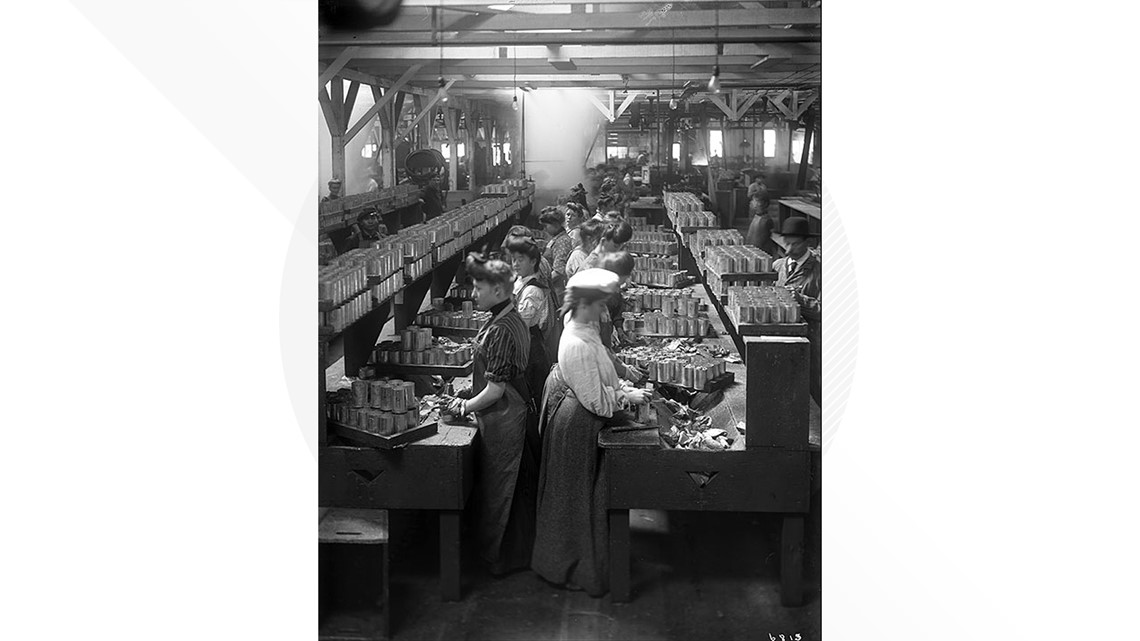
So, why digitize his entire collection all these years later?
"We really feel like it can't be that one person goes through a collection and says what's important anymore," Wetherbee said. "That's not the standard. Our public expects to have free and public access to our materials and the 5,000 images that are currently digitized prior to the project were the work of one person's view."
Wetherbee also said the available collection is already heavily used by teachers, media and the public.
The museum will publish every single image in the collection. Even those that are starting to degrade or have been damaged in any way.

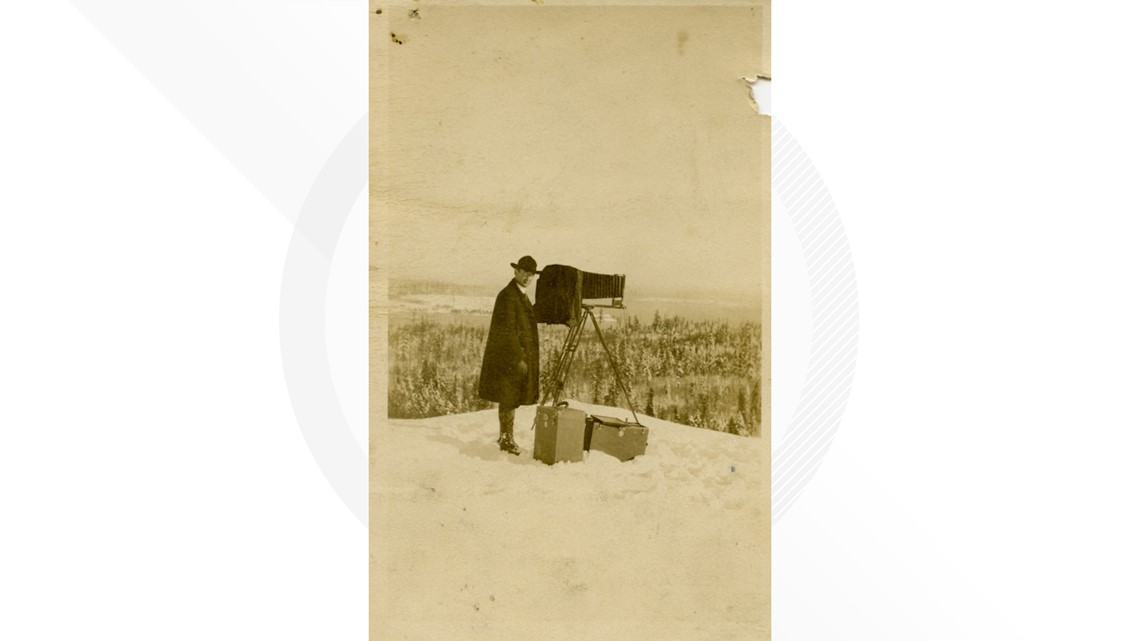
Wetherbee described the collection as an "invaluable resource" to understand Washington state history. That is why the museum will preserve every image, but will not alter them in any way.
"It was very clear from the beginning of my time at the museum that this project needed to happen, not only for public access, but I can't say to the public I have 50,000 unknown images," Wetherbee said. "That's not stewardship, that's gatekeeping."
How does the preservation and storage work?
Asahel Curtis shot on both glass plate negatives and nitrate negatives.
The nitrate negatives are more delicate and placed in a nitrate chamber every day and are cared for by a team of specialists. They are stored in the chamber because if the temperature or humidity around them changes too rapidly, they can explode.
Nitrate decays more rapidly than the glass plates, so they are the top priority in the project.
The glass negatives, while also fragile, would have had to survive travel to Mount Rainier on horseback back when they were taken.

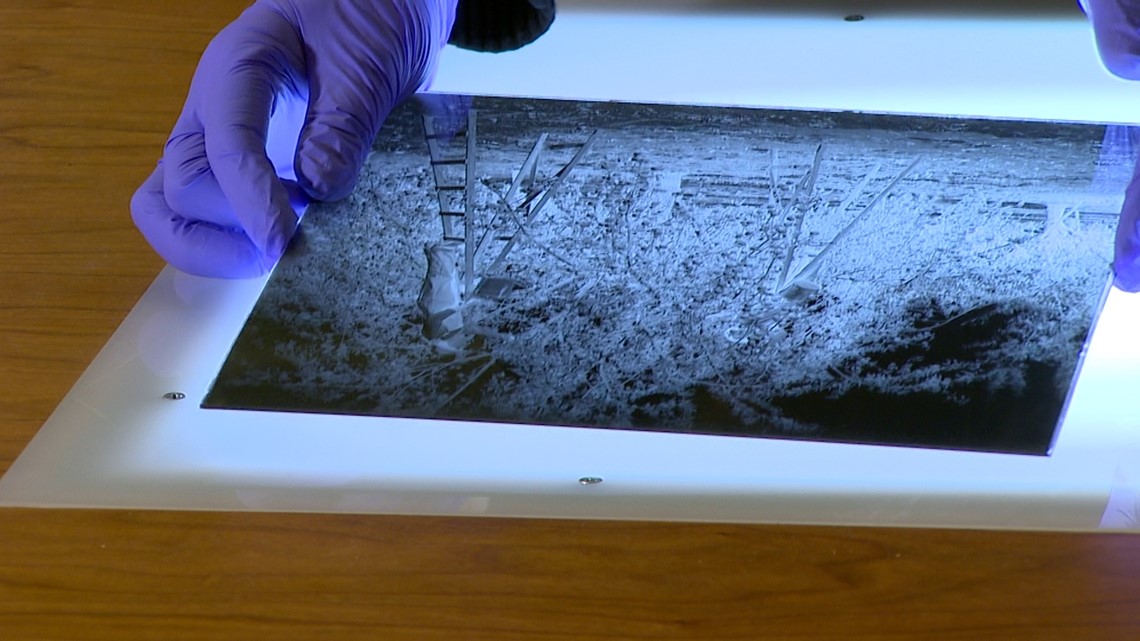
The scanning process varies by size. On average, they only take three to seven minutes to scan per image. Wetherbee said staff members can typically scan around 100 images in a day.
So to account for a five-day workweek, the project is expected to be completed in 12 to 18 months.
Asahel Curtis' impact
Curtis was known to capture more candid and authentic moments throughout a pivotal time in Washington state's history.


"I feel that photography is a medium that captures so much and you never know in history what's going to be important," Wetherbee said.
Wetherbee herself is a fifth-generation Washingtonian and says the vast collection is exciting for many reasons, maybe most importantly because it showcases a complete picture of Washington.
"It's not just that people are excited about photos of the Denny Regrade; it's that people are excited about families fishing in Pateros," she said.
The $25,000 grant partially funds the project, but staff are hoping to raise $200,000 to complete their goal. So far, WSHS hs raised $81,000 from foundations and individuals nationwide. To donate to this project, click here.

